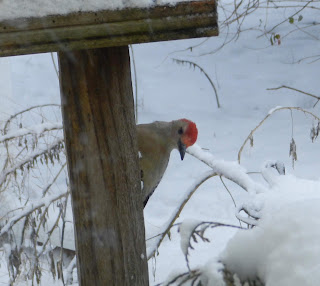I know I've sung the song from the movie South Pacific in other writings, but I tend to sing it whenever I'm writing about a pretty flower. I'm happy talking about Gladiolus aka Glads today.
The folks from the Friends of Old Bulbs Gazette at Old House Gardens, had several new articles about Gladiolus and I again was singing my happy song.
If you're only familiar with big box glads or ones from the florist, you're in for a treat when seeing some of these older varieties in all their amazing colors and patterns.
These pictures are from their catalog and prepare to be amazed:
I'm not a commercial for Old House Gardens, but, their newsletter, plants and "reason for being" are commendable. Take a look at their latest newsletter and you'll be singing happy talk, too.
NOTE: If you want to know more about Gladiolus, see my article #437 written in 2012.
NOTE #2: Sorry if the formatting is odd today. Google is eliminating and changing some of their blog widgets. Reviews say it's been a messy process. I had to simply delete some of this just to get it to work. Maybe Google is caught up in their own polar vortex.












